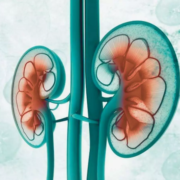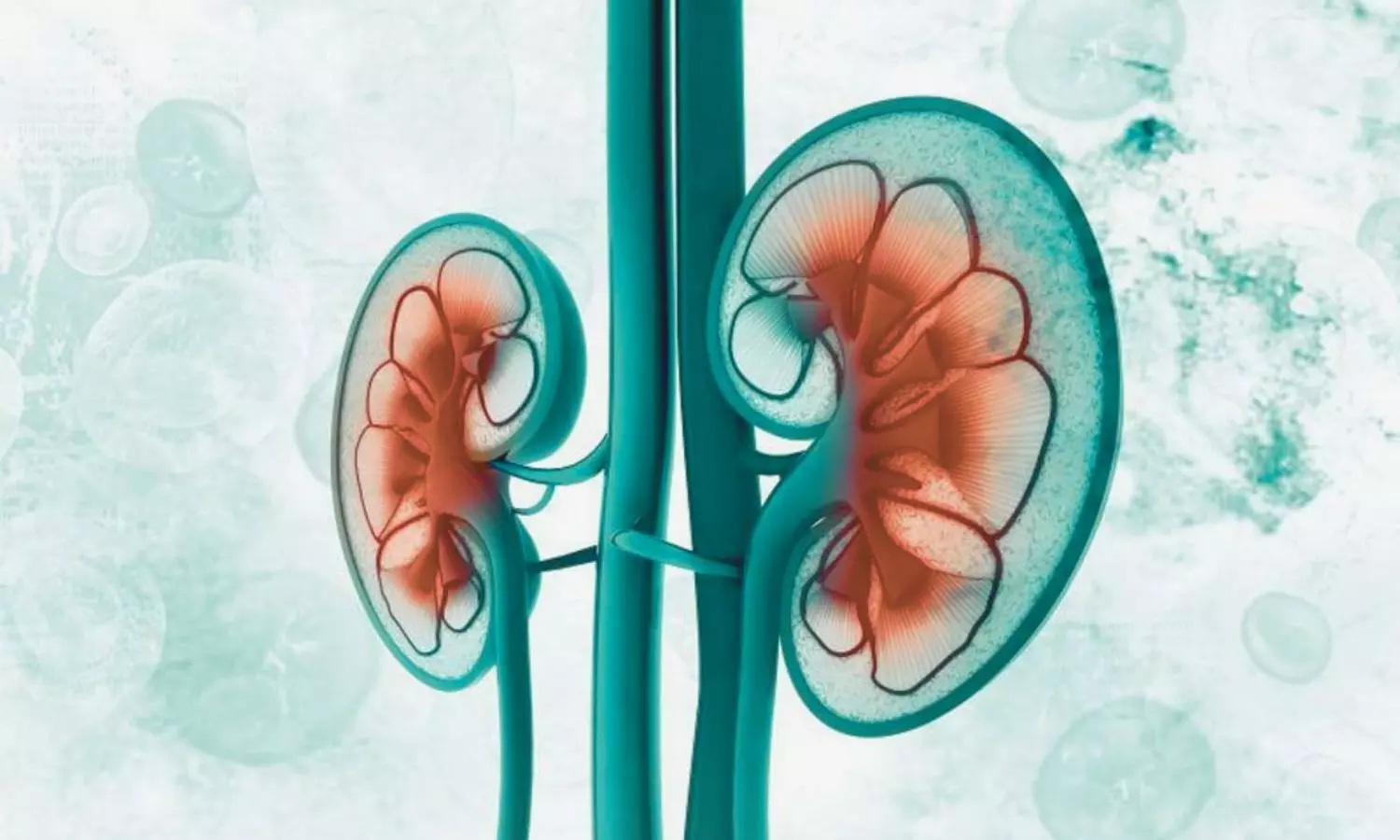NEJM: Results from targeted therapy for ulcerative colitis study

An international placebo-controlled study led by Cedars-Sinai suggests that a targeted drug therapy that was developed by researchers at Cedars-Sinai is safe and effective at helping people with moderate to severe ulcerative colitis reach clinical remission.
Results from the multicenter Phase II study, ARTEMIS-UC, were published in The New England Journal of Medicine.
Ulcerative colitis is a type of inflammatory bowel disease (IBD) that damages the digestive tract, causing stomach cramping, diarrhea, weight loss and rectal bleeding. It affects as many as 900,000 people in the U.S., and current treatments are often only minimally effective.
“Findings from this study are poised to have a remarkable impact on treatment for ulcerative colitis and IBD overall,” said study senior author and IBD research pioneer Stephan Targan, MD, the Feintech Family Chair in Inflammatory Bowel Disease and executive director of the F. Widjaja Inflammatory Bowel Disease Institute at Cedars-Sinai. “The investigational therapy was generated based on the concept of precision medicine; it shows promise as being both anti-inflammatory and anti-fibrotic; it represents a potential turning point in drug development and discovery; and it could change how this complex disease is treated in the future.”
The study evaluated a therapy developed by Cedars-Sinai clinician-scientists called tulisokibart (previously PRA023)-a man-made monoclonal antibody that acts like endogenous antibodies. It is designed to target and block a protein called TL1A, which can contribute to the severity of ulcerative colitis. The antibody reduces inflammation and targets fibrosis, which causes many of the complications and severity of disease.
“Unlike other IBD treatments that can exacerbate inflammation or suppress the body’s natural anti-inflammatory responses, our findings suggest that tulisokibart modulates inflammation and the body’s anti-inflammatory mechanisms,” Targan said. “This dual action could lead to more balanced and effective management of ulcerative colitis.”
Notably, the role of TL1A as a master regulator of inflammation was discovered by Targan and collaborators at Cedars-Sinai. In groundbreaking work spanning two decades, the researchers found that while TL1A protects against invading pathogens, at high levels it also contributes to inflammation and fibrosis in IBD.
ARTEMIS-UC was a 12-week study involving 178 adults from 14 countries. It also included a genetic-based companion diagnostic test to help predict response to the therapy.
A Phase III study will further examine safety and test effectiveness of tulisokibart in patients who take it longer than 12 weeks.
Clinician-scientist and geneticist Dermot McGovern, MD, PhD, director of Translational Research in the F. Widjaja Inflammatory Bowel Disease Institute at Cedars-Sinai and one of the study authors, has focused his career on identifying genetic variants associated with ulcerative colitis and other autoimmune diseases, exploring drug targets and working to revolutionize treatment through a precision medicine approach.
Nearly 20 years ago at Oxford University, McGovern and colleagues, in the first-ever genome-wide association study in IBD, identified that a variation in the TNF superfamily 15 (TNFSF15) gene was associated with developing both ulcerative colitis and Crohn’s disease. The protein TL1A, simultaneously being studied by Targan at Cedars-Sinai, is encoded by TNFSF15. McGovern left Oxford to collaborate with Targan and team at Cedars-Sinai in the effort to bring scientific breakthroughs to IBD.
“Findings from the ARTEMIS-UC study exemplify how combining genetics and biology can transform IBD care,” said McGovern, the Joshua L. and Lisa Z. Greer Chair in Inflammatory Bowel Disease Genetics and the director of Precision Health at Cedars-Sinai.
McGovern, who was recently awarded the prestigious Sherman Prize for his pioneering work in advancing understanding of the genetic architecture of IBD in diverse populations, says the uniqueness of this target and the way tulisokibart was designed to interact with that target represent significant advancements in how clinicians approach IBD treatment.
“Previously we have only been able to prescribe a medication to a patient that we think will work well, but going forward we could imagine telling the patient, ‘Actually, the genetic test suggests that you would be more likely to respond to this therapy,’” McGovern said.
Targan and McGovern also noted that ARTEMIS-UC involved multiple countries and diverse populations, reflecting the global nature of IBD. The F. Widjaja Inflammatory Bowel Disease Institute has invested significant resources in extending genetic research in IBD to diverse populations.
“It’s taken a village-supported by Cedars-Sinai’s integrated science culture-to reach this point,” said Targan, a 2017 recipient of the Sherman Prize. “We’ve devoted our careers to getting better treatments to IBD patients, and now we’re closer than ever to helping all patients with ulcerative colitis get their disease into remission so they can get back to enjoying life.”
Reference:
Bruce E. Sands, Brian G. Feagan, Laurent Peyrin-Biroulet, Silvio Danese, Phase 2 Trial of Anti-TL1A Monoclonal Antibody Tulisokibart for Ulcerative Colitis, New England Journal of Medicine, DOI: 10.1056/NEJMoa2314076.
Powered by WPeMatico

















